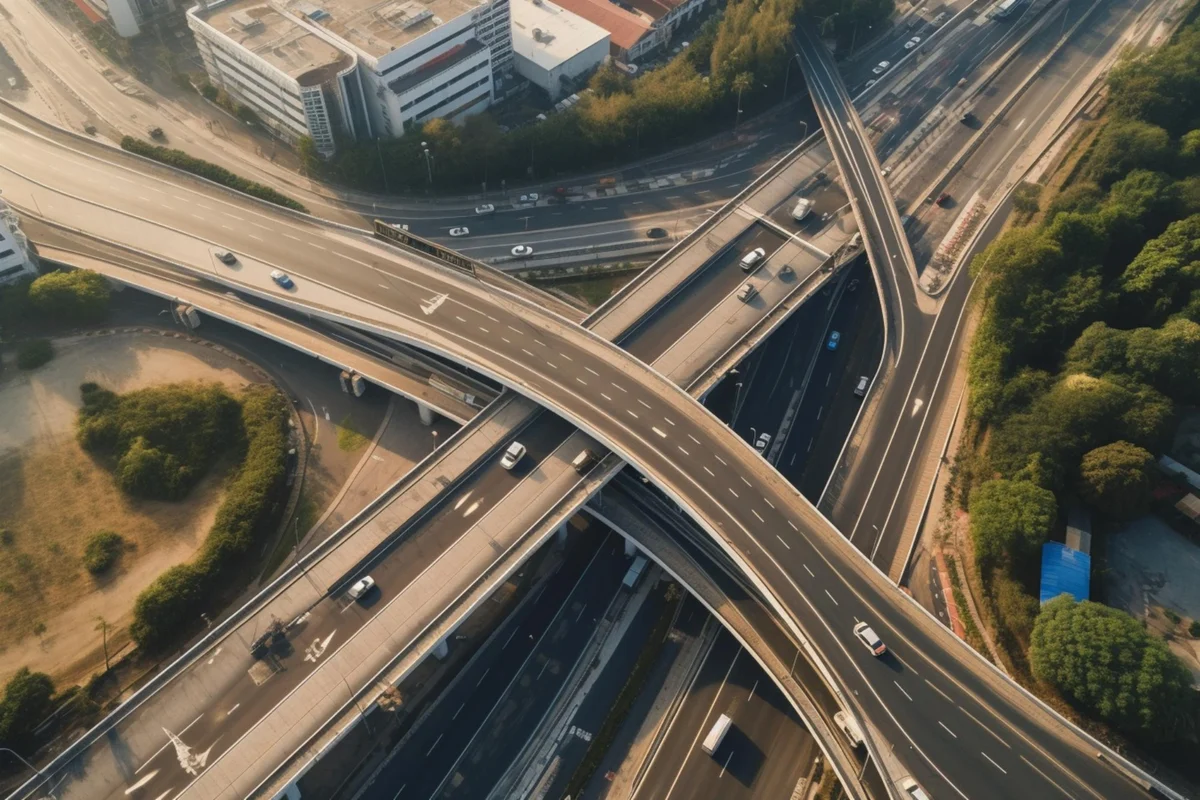Traffic is a part of daily life for many people. Real-time traffic monitoring involves watching and analysing traffic as it happens. Traffic data can be collected using a variety of technologies and make quick traffic decisions. Accidents and other forms of traffic disruption can also be detected through real-time traffic monitoring.
Benefits of real-time traffic monitoring
- Monitoring real-time traffic significantly reduces traffic jams, which is one of the main reasons for its installation. When traffic managers can see problems as they occur, they can quickly act. This might mean changing traffic light timing or alerting drivers to use different routes.
- Safety is another significant benefit. Real-time monitoring can spot accidents or dangerous situations quickly.
- Real-time traffic monitoring also benefits public transport. Bus and train services can adjust their schedules based on current traffic conditions.
- There is also a positive impact on the environment that can be attributed to this product. When traffic flows more smoothly, vehicles spend less time idling, which means less fuel is used and fewer emissions are produced. Real-time monitoring can, therefore, help cities reduce their carbon footprint.
Tools for real-time traffic monitoring
There are many tools used for real-time traffic monitoring. Some of the most common ones include.
- Traffic cameras are an essential but effective tool. Traffic cameras let traffic managers see current road conditions and spot problems faster.
- Sensors embedded in roads are another essential tool. These can count vehicles, measure their speed, and detect if traffic is moving slowly. This data helps create a detailed picture of traffic.
- GPS tracking is widely used for real-time monitoring. Many vehicles now have GPS devices that send location data.
- Mobile phone data is becoming a helpful tool. As people carry their phones while travelling, their movement can be tracked anonymously.
- As a more recent technology in traffic control, artificial intelligence and machine learning can analyse massive amounts of data quickly, predict traffic patterns, and suggest solutions before they occur.
- Social media monitoring is also helpful. On platforms like Twitter, drivers often post updates about traffic conditions. By tracking these posts, traffic managers can also get real-time updates from drivers on the road.
The need for customized traffic solutions that are tailored to the needs of specific cities or regions also arises. Some tools are designed based on the particular needs of particular towns or areas, and they combine several monitoring methods into a system to create a solution that specifically meets the needs of that city or region. To create a solution tailored specifically to the needs of specific cities or areas, tools are developed based on the monitoring methods that are most effective in those regions or cities. The cost of implementing these systems can also be high. Cities need to invest in sensors, cameras, and data processing tools. Despite these initial costs, the benefits that will arise in the long run often outweigh these initial expenses.
Looking to the future, real-time traffic monitoring is likely to become even more advanced. They may also be able to communicate directly with traffic management systems. While there are challenges to overcome, the benefits are clear. custom traffic solutions will continue to be developed to meet the specific needs of each city, and monitoring systems will be tailored to meet their needs individually.










